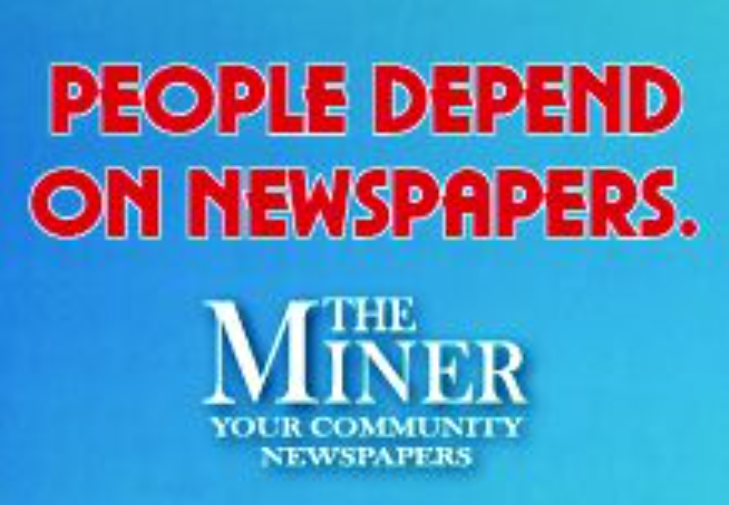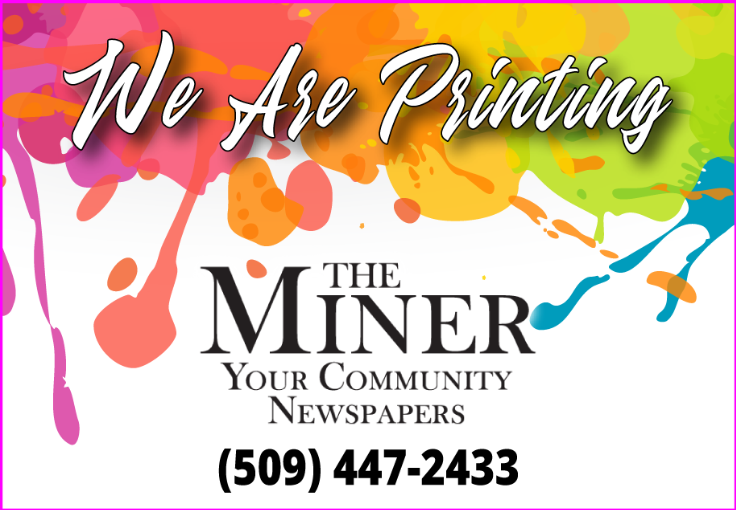Understanding the Basics Reading nutrition food labels is an essential skill for making healthier dietary choices and understanding what you’re consuming. Food labels provide a wealth of information, from serving sizes and calorie content to vitamins and minerals. However, navigating these labels can be tricky, and there are numerous myths and challenges associated with interpreting them accurately. Here’s a comprehensive guide to help you understand and utilize food labels effectively.
Serving Size
The serving size is typically found at the top of the nutrition label and is crucial for understanding the rest of the information. It indicates the amount that is considered a single serving of the product. All the nutritional information that follows is based on this serving size. One of the common misconceptions is that a package contains only one serving, but many products contain multiple servings.
Therefore, I highly suggest paying special attention to the serving size. In numerous research studies involving weight loss/gain, the majority of subjects under report the amount of food they consume and over report their energy expenditure.
Calories
Calories provide a measure of how much energy you get from a serving of the food. Many people misunderstand calories, thinking they should be avoided. Calories are not inherently bad; they are a vital energy source. The key is consuming the right amount for your lifestyle and health goals.
As noted below in ‘Challenge 3,’ the standard food label bases the caloric intake on 2,000 calories per day! In a future article I will discuss how to determine your specific caloric suggestions, but keep in mind that it can be lower or higher than the ‘general’ recommendation of 2,000/day!
Nutrients
Labels also list the key nutrients, including fats, cholesterol, sodium, carbohydrates, dietary fiber, sugars, protein, and vitamins and minerals. The

Myths and Misconceptions
Myth 1: “Low-Fat” Means Healthy One of the most pervasive myths is that foods labeled “low-fat” or “fat-free” are healthier options. While reducing fat intake can be beneficial, many low-fat products compensate for flavor loss with added sugars or salt, which can negate the health benefits.
Myth 2: Natural Sugars and Added Sugars are the Same Another misconception is that all sugars are created equal. Food labels distinguish between natural sugars, which occur naturally in foods like fruits and milk, and added sugars, which are incorporated during processing. Added sugars are the ones to watch out for, as excessive consumption can lead to health issues.
Challenges in Reading Food Labels Challenge 1: Misleading Serving Sizes One of the main challenges consumers face is misleading serving sizes. Some products may list a serving size that is much smaller than what people typically consume in one sitting, making the product seem healthier than it is.
Challenge 2: Deciphering Ingredient Lists Ingredient lists can also be confusing, with long, scientific-sounding names that obscure what’s really in your food.
A general rule of thumb is that the ingredients are listed in order of quantity, from most to least. Opting for products with shorter, more recognizable ingredient lists can be a healthier choice.
Or better yet, go with foods—fruits, vegetables, unprocessed items—that do not have labels!
Challenge 3: Understanding % Daily Value The “% Daily Value” (%DV) indicates how much a nutrient in a serving of food contributes to a daily diet, based on a 2,000 calorie per day diet. However, individual calorie needs vary, making it challenging to apply this information universally. A %DV of 5% or less is considered low, while 20% or more is high, which can guide you towards healthier choices.
Reading and understanding nutrition labels is a powerful tool for making informed dietary choices. Remember, the key to a healthy diet is balance, and nutrition labels are there to help guide your choices, not dictate them. If you have any questions concerning your diet, please consult your personal care provider and/or registered dietician.
MICHAEL MARTIN JR. IS A WORLD RECORD HOLDING POWERLIFTER AND AUTHOR OF “REAL QUESTIONS UNREAL RESULTS: Rants, Insights, and Lessons Learned from an Overeducated Underachiever, Chronic Procrastinator, Retired Military Veteran, Cowboy, and World Champion Powerlifter.”
.png)






